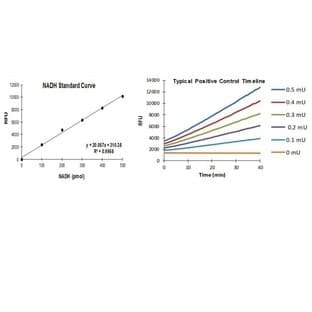
Supplier:
Alomone Labs Limited.Cat no: N-120
BUY Nifedipine
Native voltage-gated Ca2+ channels (VGCC, Cav) are pharmacologically classified into at least five different subclasses (L-, N-, P-, Q-, and R-type), the characteristics of which are determined by the pore- forming alpha1 subunit. The subunits Cav1.1-1.4 (alpha1S, alpha1C, alpha1D and alpha1F) form L-type Ca2+ channels and bind dihydropyridines (DHPs) with high affinity.
Nifedipine, a DHP, is a selective L-type Ca2+ channel blocker.
10 μM Nifedipine inhibits ~65% of the L-type channel current at a holding potential of -80 mV, in Xenopus oocytes.
Nifedipine was initially developed for the prophylaxis of angina symptoms, and then later used as an anti-hypertensive agent. Nifedipine acts by inhibiting the transmembrane influx of calcium into cardiac and vascular smooth muscle cells, thus reducing muscle contraction and has predominantly vasodilatory effects on arteries with minimal effects on the myocardium and cardiac conduction.пїЅFor the same reason Nifedipine is also useful in the reduction of the frequency and severity of the attacks in RaynaudпїЅs phenomenon, an episodic vasospasm of the peripheral arteries.
Uterine contractions are the most frequently recognized symptom and sign of preterm labor and hence, inhibition of uterine contractility with tocolytic agents to prolong pregnancy and reduce neonatal complications continues to be the focus of treatment of preterm labor. The efficacy and safety of Nifedipine as a tocolytic agent in women with preterm labor were determined and provide another indication for Nifedipine.
Ion Channel Modulators; Voltage - Gated Ca2+ Channel Blockers.
Prices direct from Alomone Labs Limited.
Quick response times
Exclusive Absave savings/discounts
Latest promotions
Buy any polyclonal or monoclonal antibody from our extensive range of pre-made antibodies and for a limited time only receive a $50 discount!(T&C apply:...
New brilliant antibodies, and new lower prices!For flow cytometry reagents in general, \"bright is better.\" The violet-excitable BD Horizon™ BV421 and...
10% Discount on 2 Rabbit Polyclonal Antibody Service. With over 20 years experience, SDIX has developed into the premier US custom antibody producer,...
For the past decade scientists have extensively used ATS secondary toxin conjugates to make their own targeted toxins for in vitro use.The ability to combine...
We're so sure that you'll prefer Cayman Assay kits over your present brand that we're willing to give you a free assay kit to prove it!
Did your supplier increase the price of Fetal Bovine Serum? Did they substitute the US Origin with USDA? Well say no more! Innovative Research is still...
Bulk Cytokines with Custom Vialing.20 - 50% off cytokines, growth factors, chemokines and more...For a limited time Cell Sciences is offering substantial...
Are you planning to have a customised antibody made for your research?Since 2000, Everest has been producing a catalog containing thousands of affinity...
Top suppliers
Agrisera AB
11 products
Biotrend
Biosensis
969 products
ABBIOTEC
3011 products
SDIX
1 products
Spring Bioscience
2291 products
Cell Signaling Technology
4976 products
Rockland Immunochemicals, Inc.
7592 products
Boster Immunoleader
1533 products
OriGene Technologies Inc.
5281 products
Maine Biotechnology Services
227 products
BD (Becton, Dickinson and Company)
1 products
ABNOVA CORPORATION
Randox Life Sciences
1502 products
















